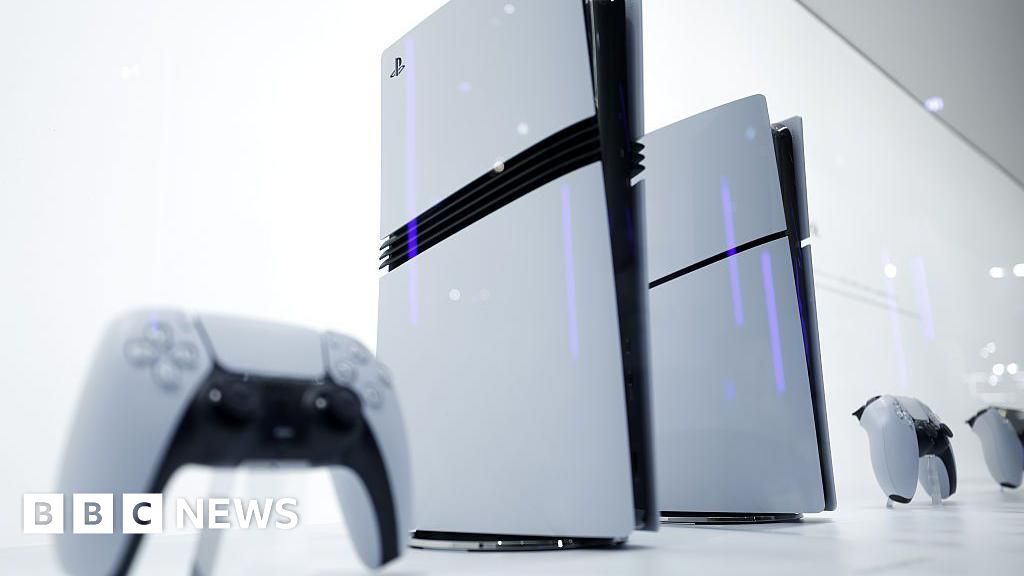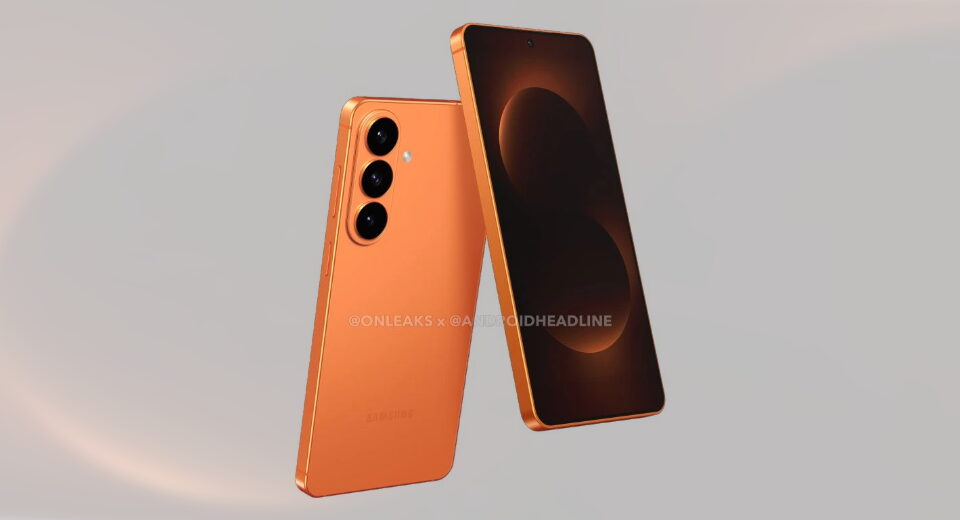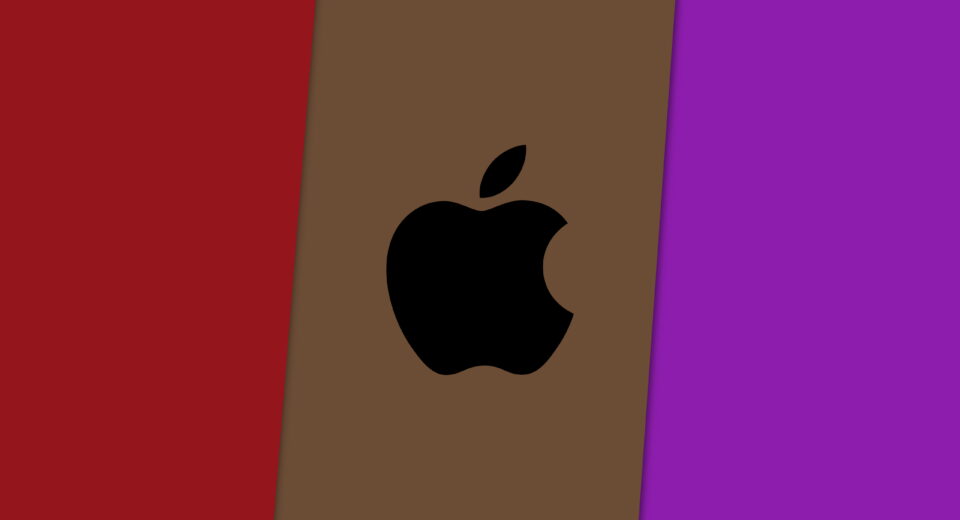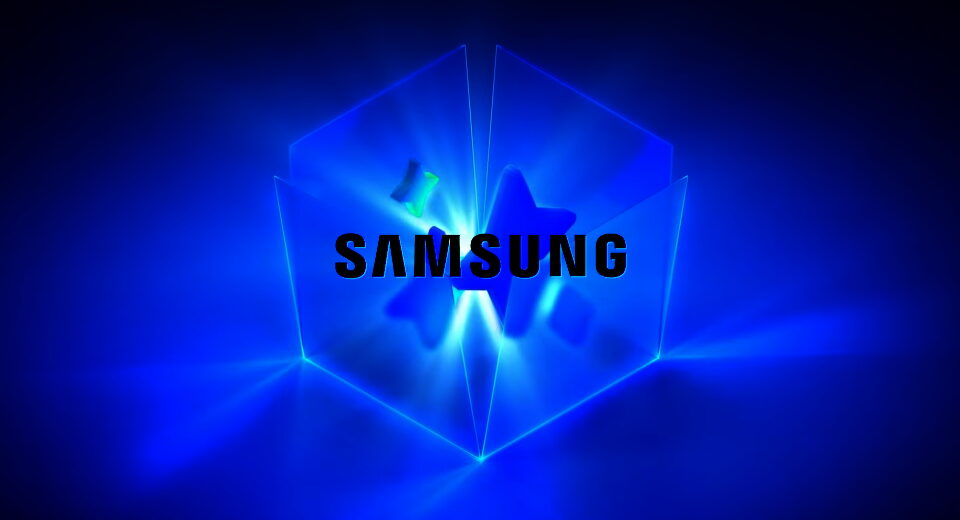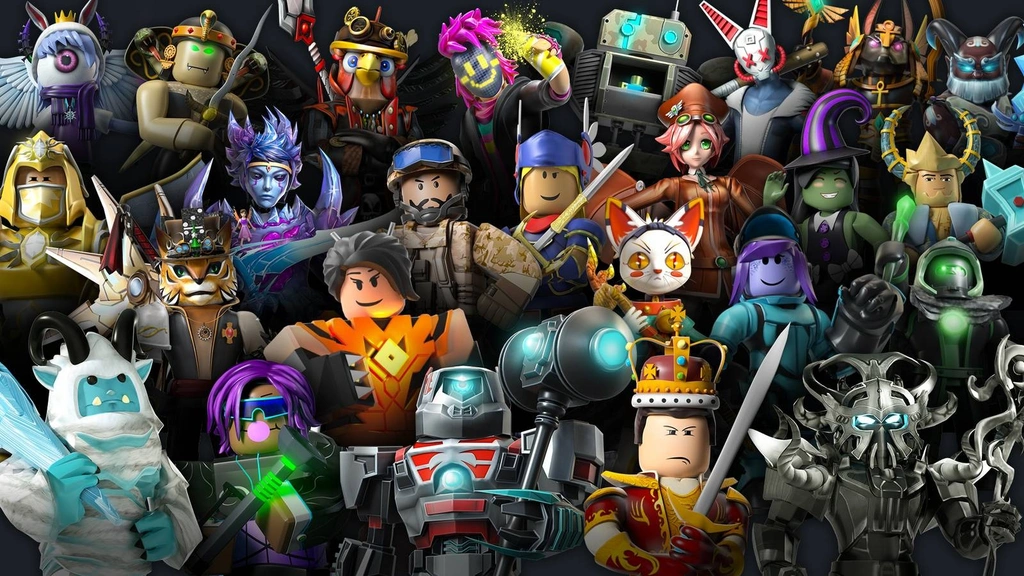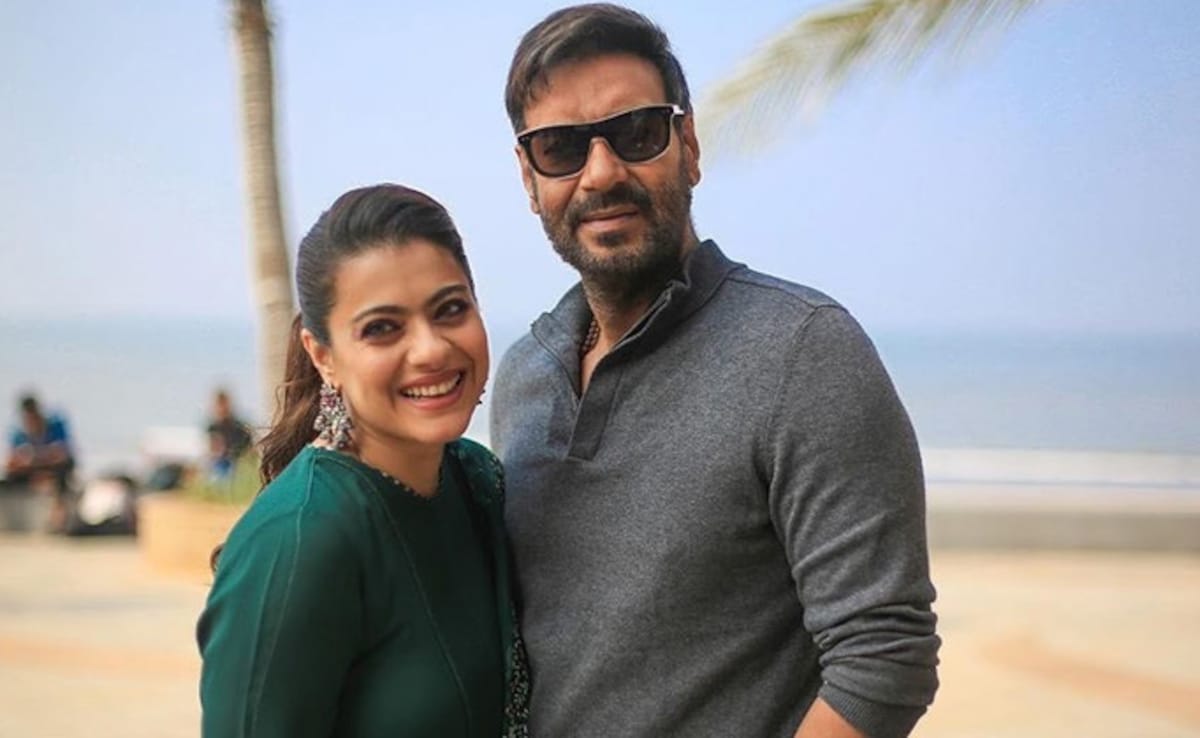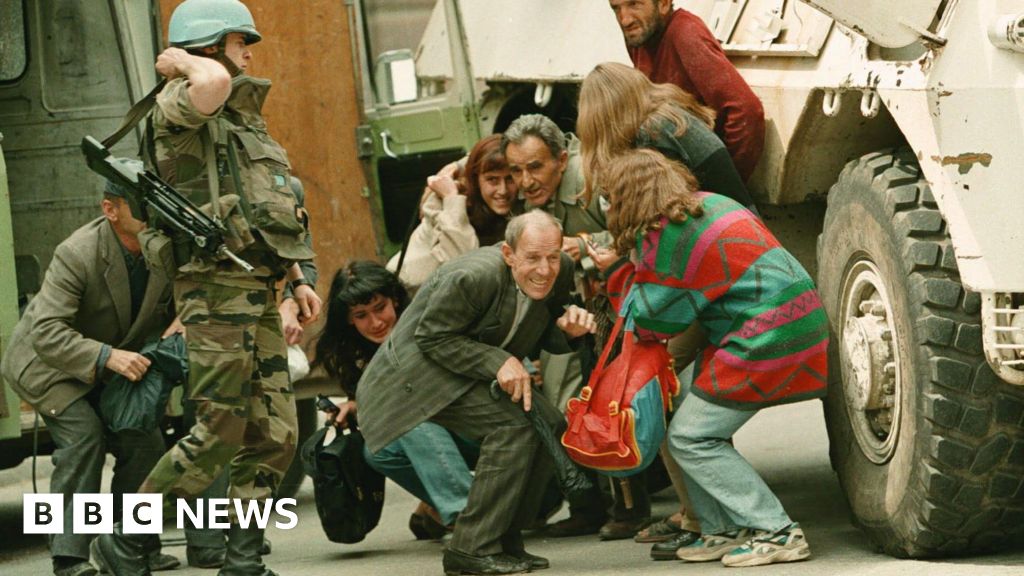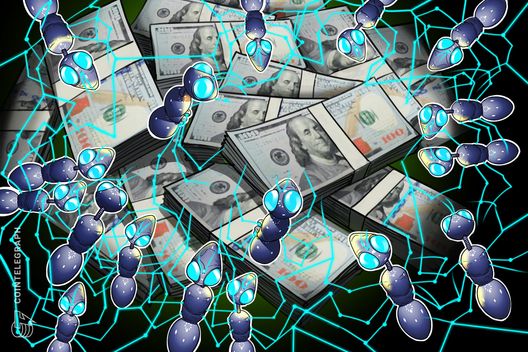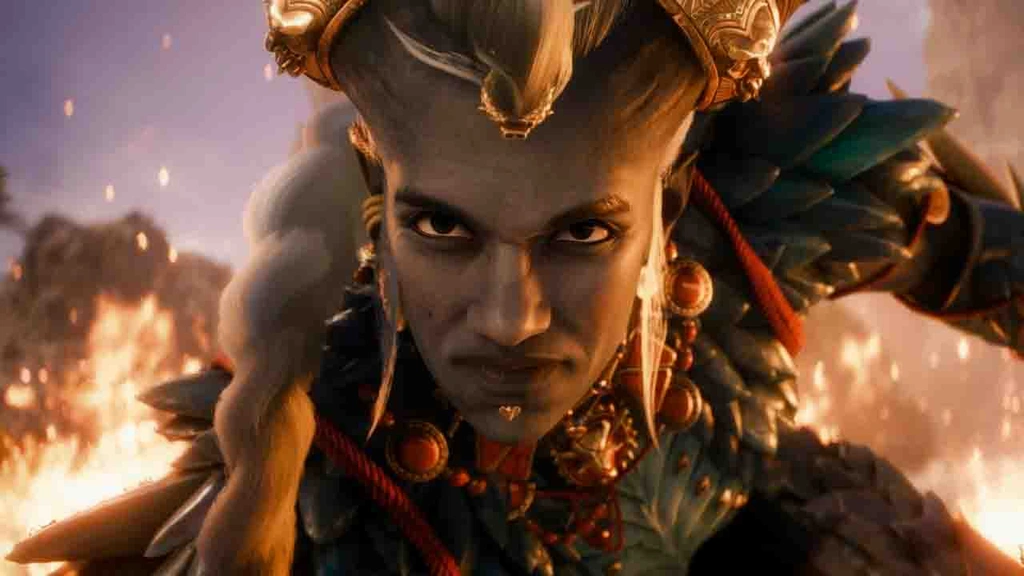Simulating a Planet on the GPU: Part 1 (2022)

Cubemap-Overlap-Based Approaches
Frustrated with the poor performance of my polygonal approach, I began to research Unity’s performance optimization tools. I chunked up and parallelized the Voronoi tessellation to no avail. I tried rearranging memory to no avail. Clearly, something about doing this amount of math on the CPU was beyond current processing capabilities… but what about the GPU?
Like most programmers, I’d heard of the legendary power of GPUs, but had only really harnessed it via graphics programming or CUDA (for my Music ex Machina project). While I had some experience writing conventional shaders, learning how to write compute shaders seemed like a massive undertaking… but what option did I have? I had no room left on the CPU.
Put simply, compute shaders are capable of applying a GPU’s heavily-parallelized workflow to arbitrary data, meaning I could simulate a world full of tectonic plates one “pixel” at a time. Once I figured out how to represent potentially world-spanning plates as cubemaps, I managed to create a neat compute shader-based simulation with plates colliding, subducting, and emerging from seafloor spreading… but never deforming.
While I liked the direction this adventure in compute shaders had taken me, I needed some new technique which could realistically deform crust at convergent plate boundaries.
What's Your Reaction?
 Like
0
Like
0
 Dislike
0
Dislike
0
 Love
0
Love
0
 Funny
0
Funny
0
 Angry
0
Angry
0
 Sad
0
Sad
0
 Wow
0
Wow
0


